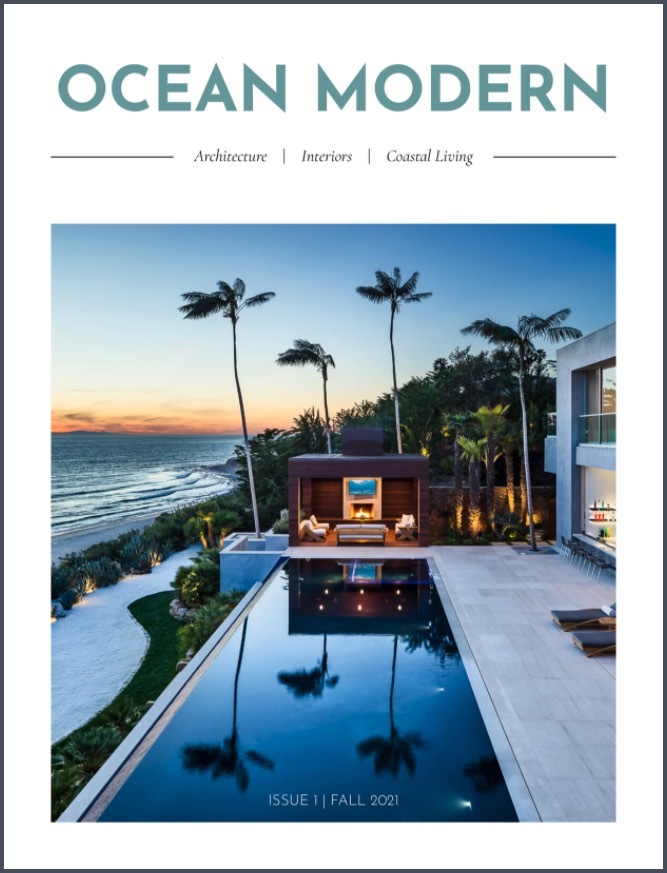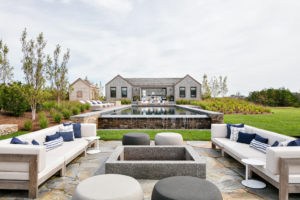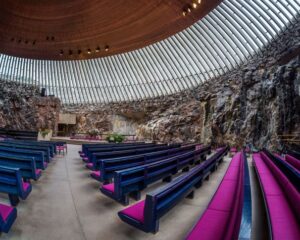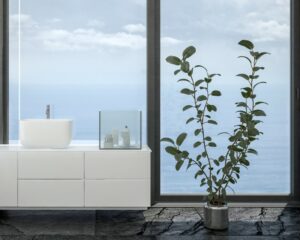Why does it cost so much more to build a modern home than a traditional property, and how are designers reducing the difference?

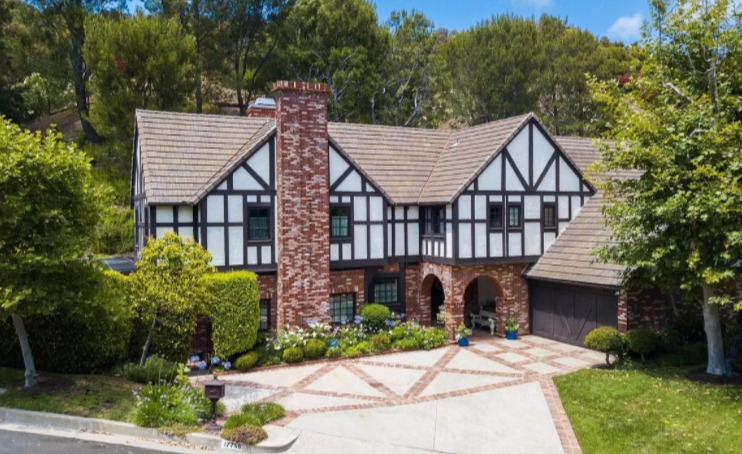
(Left) Image from Zillow and (Right) Image from Zillow
While traditional builds cost less upfront, contemporary homes may save the buyer money in the long term and offer a more significant payout during resale. The Wall Street Journal explains that there is also a significant gap between the cost of Modern and Contemporary homes (about a quarter million dollars on average), with Contemporary homes listing the higher initial price. There are some contemporary designs that cost less to construct than their traditional counterparts (e.g. tiny houses, repurposed and container homes, and modular builds), but the majority of luxury contemporary residences currently cost more to construct. Fortunately, as a growing number of homebuyers turn towards a focus on sustainability and modularity, the cost of building a contemporary home from the ground up is decreasing.
Clean and Simple versus Tried and True
(Left) Image from @shippingcontainerworld and (Right) Image from @ashleyjune86
Several companies currently offering “tiny home” options also provide plans for larger houses with contemporary features like floor to ceiling windows, solar paneling, metal frames, and more. It appears that these companies are leading the way in modern home affordability, as they offer semi-customizable versions of the complex, luxury homes currently devised by contemporary architects. YR Architecture maintains that while modern and contemporary homes might cost more right now, the cost difference will likely continue to shrink as “modern architecture is defined by simple design and construction, which is inherently more affordable than complicated design.”
Why Contemporary Costs More, and Why it’s Worth It
(Left) Image from @marbanforrealestate and (Right) The Wilkins House by Richard Neutra, Image by @lauramorenorealestate
In her article “The Cost to Build a Contemporary Home” for New England Home, Kaitlin Madden explains that contemporary homes cost more because they require “a level of precision that’s not required in more traditional spaces,” largely because any mistakes in traditional homes can be covered up with traditional décor and finishings, like crown molding, floor paneling, and more. While the difference in cost-per-square-foot might be shocking initially, Madden offers a few reasons to commit to a modern or contemporary home over the traditional. Madden explains that because modern and contemporary homes place emphasis on necessary function (i.e. “every surface needs to serve a purpose”), contemporary homes can be more challenging to build because “additional structural beams [are required] to hold up floors above.”
However, this cost can be mitigated by sticking to a single floor home. Madden also notes that “specialty contractors are a requisite” in contemporary and modern homes, but this may be money very well-spent, as contractors who are well trained in exactly what the buyer is looking for will create a more correct and well-functioning home, whereas (as mentioned earlier), traditional home builders will sometimes cut corners and do poor work.
Another major expense in contemporary and modern homes are the floor-to-ceiling windows often featured in favor of heavy stucco or wooden walls. Reservation, cutting, and shipping of these windows can be expensive, but the cost can be mitigated by working with contractors, architects, and builders who work with local, sustainably sourced companies. As previously mentioned, “contemporary design eliminates the leeway provided by details like baseboards, molding, and trim as…everything is exposed.” This may be more expensive in the short term, but avoiding covering up imperfections ensures the home is built properly the first time and neither cosmetic or foundational issues are hidden during construction and finishing.
Closing the Gap
Popularizing Prefab and Embracing Modularity
(Left) Image from @boxprefab and (Right) Image from @econtainers_home
While contemporary homes in aggregate are still more expensive than traditional builds (for the time being), a number of companies have attempted to reduce unexpected costs and provide lower cost customization for their homebuyers. As the most significant cost differences between modern and traditional homes typically arise from custom features, choosing either a prefab house, like those offered below, or a design that uses natural materials provides all the beauty, functionality, and organic environment of a contemporary house without the outlandish expense.
Sustainable Architecture Firms
Method Homes
(Left) The Tahoe Home, Image from Method Homes and (Right) The Burlingame Home, Image from Method Homes
Method Homes, listed as Thrillist’s first pick of “The 9 Best Modular Homes on the Market Today,” is one of the most versatile contemporary prefab build companies. With homes that include fully customizable contemporary homes to “ultra-modern,” writer Joe McGauley describes Method’s architects and designers as fully ready to “tailor your model choice to the plot of land you’ll be putting it on,” taking out all the guesswork surrounding price and available locale. While Thrillist recommends the M Series (below right) for its affordability, the company’s Elemental Series, an example of which is pictured below on the left, is one of its most contemporary, offering “modern, efficient, and livable modular homes…with 6 different floor plans for you to customize.”
In its “About” section, Method describes its goals as providing “healthy, quality buildings…[and] sustainable homes [that] are more comfortable, efficient, better places to live” for everyone. Method also chooses “interior palette and finish options as well as sustainability upgrade packages” for each Elemental Series home, making them customizable and modular in a way that contemporary homes rarely are. Method Homes’ modular costs are only between $180 and $210 per square feet, with site and soft costs adding to the overall cost of the home build.

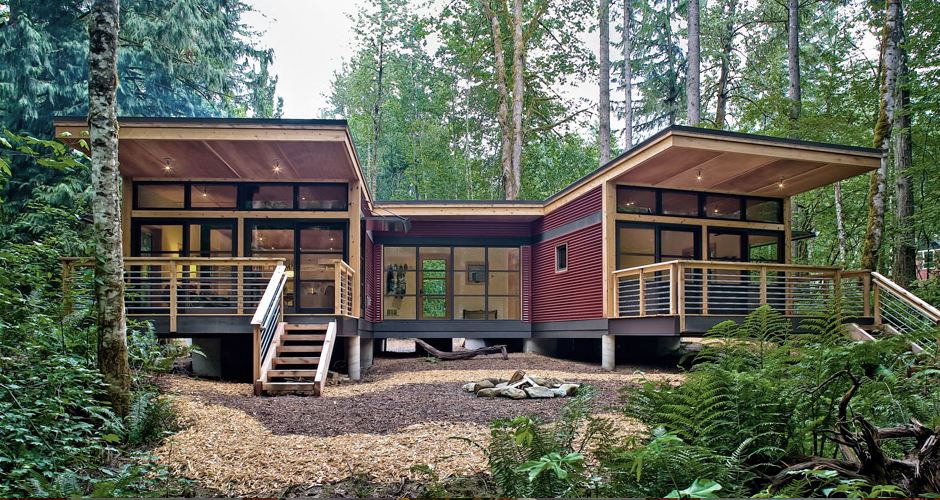
(Left) Elemental Series from Method Homes and (Right) M Series from Method Homes
Honomobo
(Left) The H03 Shipping Container Home and (Right) The Laneway Home in Kelowna, British Columbia
Featured in Curbed LA’s article “5 Eco-Friendly Prefab Homes You Can Order Right Now” by Jenny Xley, Honomobo offers “shipping container-based structure, stackable design, and stunning glass walls, as well as a number of customizable external and internal features, all intended to echo the company’s mission of providing low-emission, sustainable homes for its buyers. Honomobo describes its homes as thoroughly modern, focusing on “authenticity of materials, indoor outdoor connection, and minimalism,” the last of which they explain “doesn’t mean living in an empty house with one chair, but does mean living in an efficiently designed home without wasted space.”
According to their “About page,” all of Honomobo’s creations feature “a lot of glass,” “energy efficiency,” “durability…[from either its] corten steel shipping container of the H-Series or the steel frame and steel plate cladding of the M-Series,” and modularity. Modularity is the main way that Honomobo decreases both cost and time of construction, allowing the company to build “faster, higher quality” contemporary homes. Honomobo offers numerous foundation and styling options, along with mortgaging for most of its houses.
Stillwater Dwellings
(Left) The Connection Series Build and (Right) The Signature Series Build
Contemporary architectural firm Stillwater Dwellings offers two series of Modern homes, the Signature Series and the Connection Series, which have variable project costs per square foot. The Signature Series rings in at between $425 and $600 per square foot and the Connection Series costs between $475 and $650 per square foot. While this is still more expensive than the typical traditional home build, which according to Home Advisor, costs an average of $150 per square foot to build, the expense associated with a contemporary or modern home build exists in customization and expert contractor work. As such, Stillwater Dwellings outlines that the house and component package price is between $200 and $275 per square foot, augmented by a contractor cost of between $275 and $375 per square foot, determined based on the assembly and site-specific requirements of your home.
However, Stillwater Dwellings, like many other modular contemporary design companies, is still working to bridge the gap between contemporary home and traditional home costs, as their website notes that “if you were to pay for a custom designed, stick built home of the same caliber, your costs could be 20-40$ more.”
